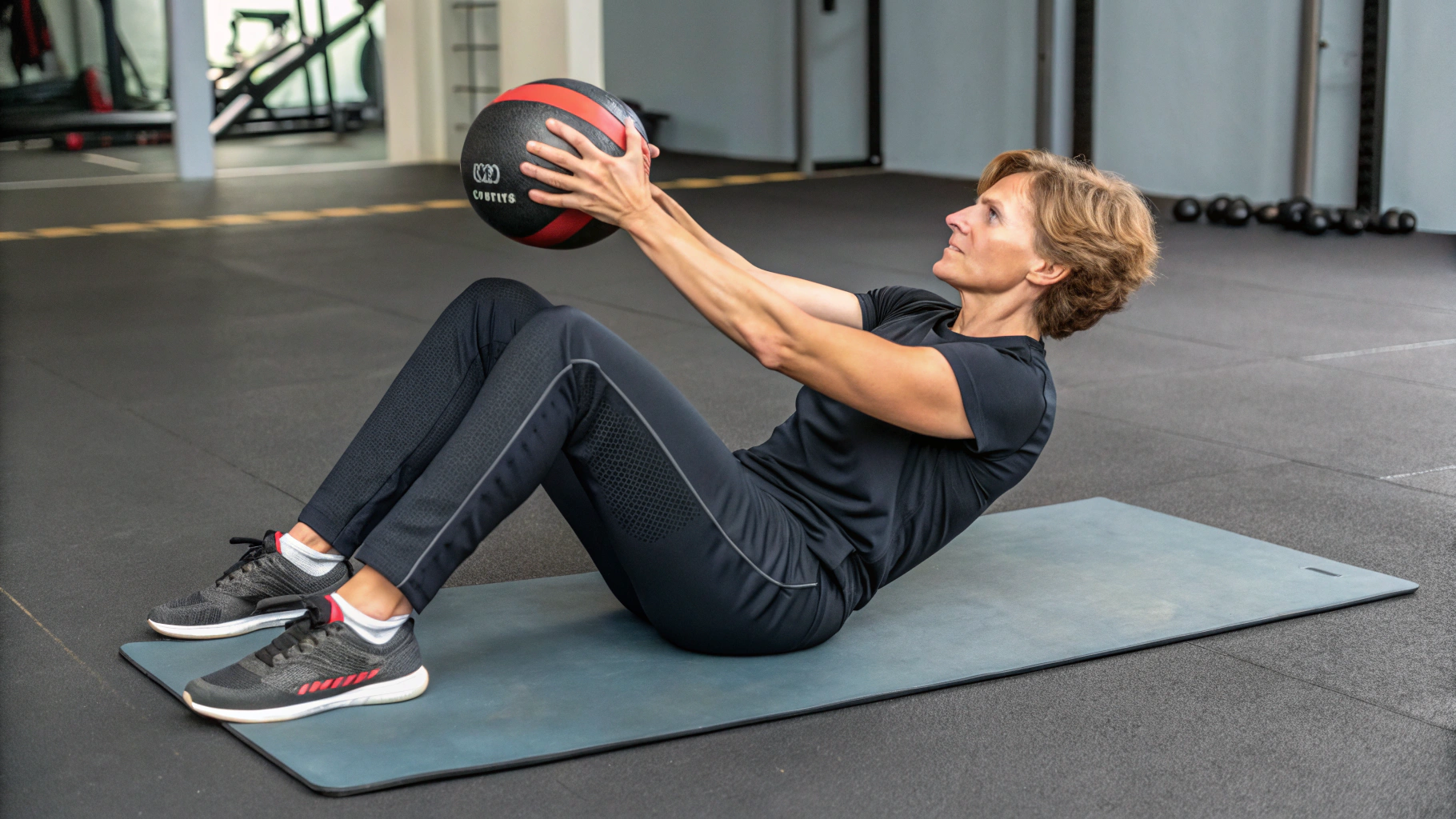Push-ups are one of the most versatile and popular bodyweight exercises, offering numerous benefits ranging from upper body strength development to core stabilization. This comprehensive guide will help you understand how different hand positions affect the exercise, explore technical breakdowns, address common mistakes, and provide programming and safety tips for all fitness levels.
Introduction
Push-ups are a foundational exercise for functional strength, targeting the chest, shoulders, triceps, and core. Variations in hand positions can significantly influence muscle activation. Anyone from beginners to athletes can perform push-ups, modifying them as needed to match their skill level. The only equipment required is sufficient floor space and your own bodyweight.
- Benefits: Improves upper body strength, enhances core engagement, increases endurance, and promotes joint stability.
- Who should perform it: Suitable for all fitness levels, from novice exercisers to elite athletes.
- Equipment: No equipment needed; a yoga mat can provide added comfort.
Technical Breakdown
- Starting Position: Begin in a high plank position, with your hands directly under your shoulders, legs extended, and body in a straight line from head to heels.
- Step-by-Step Execution:
- Start with hands positioned according to your variation: standard, wide, narrow, etc.
- Engage your core to stabilize your torso.
- Lower your chest toward the floor by bending your elbows at a controlled pace.
- Press back up to the starting position, keeping your movements smooth.
- Breathing Pattern: Inhale as you lower your body; exhale as you push back up.
- Key Form Points: Maintain a neutral spine, avoid sagging hips, and ensure elbows are at appropriate angles depending on hand placement.
- Range of Motion: Lower until your chest nearly touches the floor and extend fully on the way up.
Common Mistakes and Corrections
| Common Mistakes | Corrections |
|---|---|
| Sagging hips or arched back | Engage the core and maintain a straight line; picture a plank position throughout. |
| Partial range of motion | Lower yourself until your chest is close to the floor for full muscle activation. |
| Flared elbows | Keep elbows at approximately a 45-degree angle to protect the shoulders. |
| Uneven hand placement | Align hands directly under your shoulders or in designated positions for variations. |
| Holding breath | Focus on rhythmic breathing: exhale during exertion and inhale during descent. |
| Too fast execution | Perform the motion with control to prevent injury and maximize engagement. |
Variations and Progressions
- Beginner Modifications:
- Knee push-ups: Lower your knees to the ground to reduce resistance.
- Incline push-ups: Perform the exercise with hands elevated on a stable surface.
- Advanced Variations:
- Diamond push-ups: Bring your hands together under your chest, forming a diamond shape.
- Spiderman push-ups: Combine push-ups with lateral knee movement for added difficulty.
- Plyometric push-ups: Explode off the ground during the upward phase.
- Progressive Overload Tips: Gradually increase repetitions, move to advanced variations, or add external resistance via a weighted vest.
- Alternative Exercises: Bench press, tricep dips, or cable chest presses for similar muscle engagement.
Programming Guidelines
- Sets and Reps Recommendations: Perform 3-4 sets of 8-12 reps for strength, and 15-20 reps for endurance.
- Rest Periods: Rest for 30-60 seconds between sets, adjusting based on intensity.
- Integration Into Workouts: Include push-ups as part of a full-body or upper-body workout session.
- Sample Progressions: Start with incline push-ups, progress to standard push-ups, then advanced variations like diamond or plyometric push-ups.
Safety Considerations
- Prerequisites: Ensure basic core stability and shoulder mobility before attempting more challenging variations.
- Contraindications: Avoid if you have recent shoulder, elbow, or wrist injuries. Consult a physician if unsure.
- Warm-Up Requirements: Activate muscles with dynamic stretches, such as arm circles or planks, before performing push-ups.
- Recovery Needs: Allow 48 hours between sessions for muscle repair, particularly after intense push-up progressions.
Expert Tips
- Professional Insights: "Focus on controlling the movement rather than rushing through reps; this ensures proper muscle engagement and reduces injury risk," says John Smith, Certified Personal Trainer.
- Performance Cues: Picture pushing the floor away from you during the upward phase to activate chest effectively.
- Training Combinations: Pair push-ups with pull-ups or planks for balanced upper body and core development.
- Programming Advice: Include push-ups as part of a circuit or superset for time-efficient training.
Push-ups are an adaptable exercise, offering health and fitness benefits for individuals at every level. By understanding how hand positions impact the exercise and applying proper programming and safety measures, you can optimize results, reduce mistakes, and safely progress over time. Regardless of your fitness goal, push-ups should have a place in your workout routine.











 浙公网安备
33010002000092号
浙公网安备
33010002000092号 浙B2-20120091-4
浙B2-20120091-4